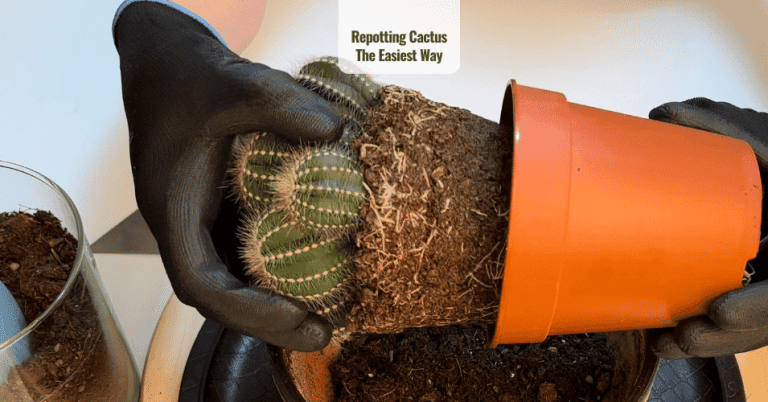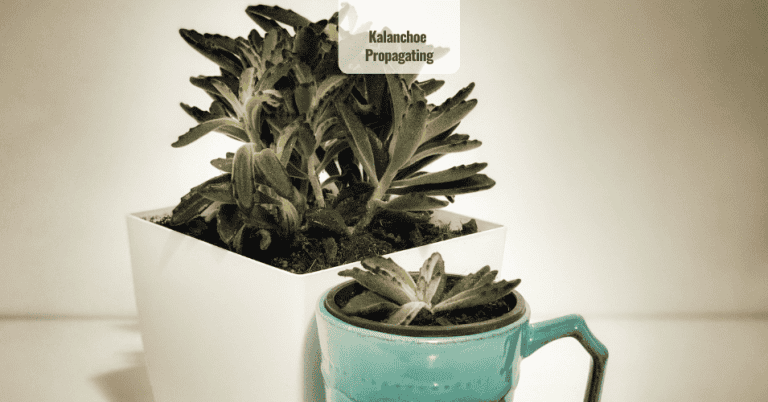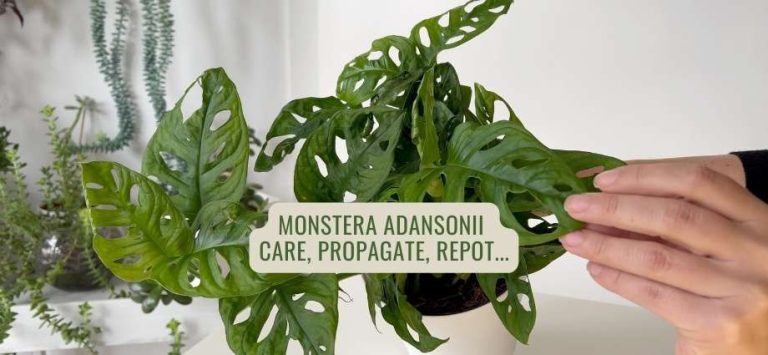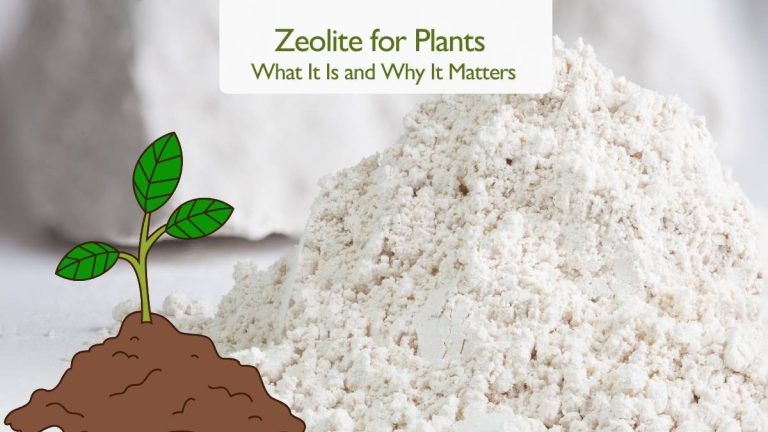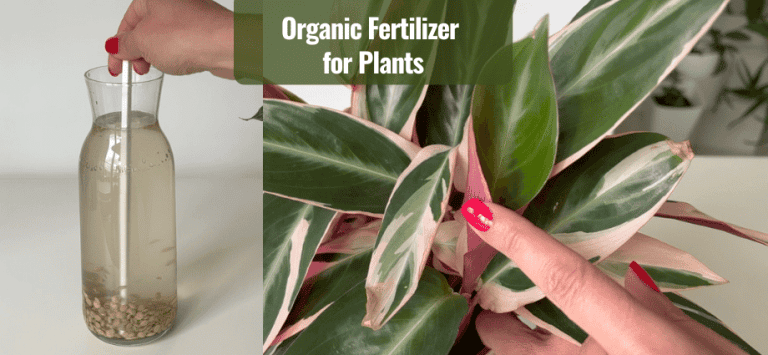How to Repot Cactus: Simple and Effective Guide for Healthy Growth
Repotting cacti is a crucial step in ensuring your plants stay healthy, grow strong, and thrive in their new home. Whether you’re a beginner or have some gardening experience, learning how to repot cactus properly can make a big difference in your plant’s vitality and longevity.
In this guide, I’ll walk you through an easy, step-by-step method for repotting cacti, featuring the Parodia Warasii cactus as an example. But don’t worry—the process applies to most cactus varieties and succulents.
Why is Repotting Your Cactus Important?
Cacti, like many potted plants, eventually outgrow their containers or suffer from soil degradation. Repotting gives your cactus fresh soil, more space to expand, and prevents root problems such as rot. It also allows you to inspect the roots for pests or diseases.
The right potting mix and pot size ensure your cactus receives adequate drainage and nutrients—two essentials for keeping it healthy. Proper repotting also rejuvenates your plant, encouraging new growth and vibrant blooms.
Parodia Warasii Cactus: Meet Your Plant
Parodia Warasii, commonly called the Lemon Ball Cactus or Ball Cactus, is native to South America. It has a charming rounded shape covered with white woolly spines and sports stunning golden-yellow flowers during summer. This cactus thrives on bright, indirect light, minimal watering, and well-draining soil.
Its slow but steady growth means it periodically needs a larger pot to avoid becoming root-bound. Proper repotting keeps your Parodia Warasii happy and blooming year after year.
Materials You’ll Need to Repot Your Cactus

Before starting your cactus repotting, gather all the necessary tools. Knowing how to repot cactus means being prepared with:
- Gloves (to protect your hands from spines)
- A larger pot with drainage holes
- Cactus or succulent-specific potting mix
- A small trowel or spoon (optional)
- Newspaper or cloth for handling (optional)
Having everything ready before starting makes the process smooth and safe for both you and your cactus.
Step-by-Step Guide: How to Repot Cactus
1. Preparing to Remove Your Cactus
The first step in how to repot cactus is gently loosening the soil and removing the plant. Protect your hands with gloves or wrap the cactus in newspaper to avoid injury.
2. Inspecting the Roots
When learning how to repot cactus, inspecting roots is crucial. Trim any damaged or rotting roots to prevent disease and encourage healthy regrowth.
3. Preparing the New Pot and Soil
Fill the bottom of the new pot with fresh cactus potting mix. This mix is specially formulated with excellent drainage, helping to prevent root rot and retain just the right amount of moisture.
4. Positioning the Cactus
Place the cactus gently in the center of the new pot. Add potting mix around the roots without covering the cactus base too deeply to avoid rot. Firmly but gently press the soil around the roots to stabilize the plant.
5. Watering Your Newly Potted Cactus
Water your cactus lightly after repotting, allowing excess water to drain out fully. Remember, cacti prefer to dry out between watering, so don’t overdo it.
Caring for Your Cactus After Repotting
Successfully learning how to repot cactus also means caring for your plant afterward:
- Keep your cactus in indirect sunlight initially
- Wait to water until the soil is dry
- Monitor for stress signs like yellowing or shriveling
These care tips complement your knowledge of how to repot cactus and help your plant adjust to its new environment.
Why Proper Soil Mix Matters for Repotting Cacti?
Using the right soil mix is crucial when learning how to repot cactus. Cacti require well-draining soil to mimic their natural arid environment. Commercial cactus mixes often include sand, perlite, and peat-free compost. You can also create your own mix by combining regular potting soil with coarse sand or perlite for improved aeration and drainage.
Common Mistakes to Avoid When Repotting Cacti
- Overwatering immediately after repotting
- Using pots without drainage holes
- Planting the cactus too deep, which can cause rot
- Handling the plant without gloves, risking injury
Avoiding these pitfalls ensures your cactus thrives after repotting.
Explore More Music for Your Plants & Stay Connected!
Check out my Playlist: Music for Plants and find the perfect tunes to help your plants and yourself thrive.
Don’t forget to visit my YouTube Channel Plant House & Garden and subscribe — your support means the world to me!
Connect with me on social media for more plant care tips and music updates: Instagram | Facebook | X | Pinterest | Reddit | TikTok
Love plants? Love music? Don’t miss out on new updates — hit subscribe and follow now to keep your plants happy and your space vibrant!

